 Old World Wine Experience
Old World Wine ExperienceOne cannot speak about Spanish wine without mentioning Rioja, the land of Tempranillo. Rioja wines can be compared with life, different flavour profiles are found depending on a wine's age. Joven (young) wines with their fresh, fruity, cherry taste provide a stark contrast to the powerful and unique Gran Reservas only made from the most exceptional vintages and aged from 5 years to several decades. These old wines have a smooth presence of oak, firm structure and tannins, and a long finish with pronounced prune, wood, dark fruit and leather flavours.
Rioja is known as the “Seven Rivers Region” because is situated between seven rivers, which provide essential water for the grapes and offer different varieties of soils across the region. The climate and location of Rioja are well-suited for Tempranillo, Rioja's main grape which gives full-body character and a unique identity to the wines. This signature Spanish grape is the fourth most planted in the world and is considered one of the nine noble red grapes.
Our experience would not be complete without discovering one of Rioja's most attractive elements: it’s gastronomy. The cooking techniques and Riojan dishes are essential in understanding Spanish cuisine as a whole; in fact, the term ‘A la riojana’ was coined to encompass this style. The seven rivers that go through this small region makes it famous for fresh garden vegetables, found in abundance in Riojan cuisine. The red meats are also praised at the highest level thanks to the green fields around the mountains which host small farms that raise cattle using traditional methods, not unlike years past. During our visit, we’ll enjoy meals inside the wineries, wine pairings and other authentic locations where your palate will be pleased and you’ll surely become a new Rioja lover.
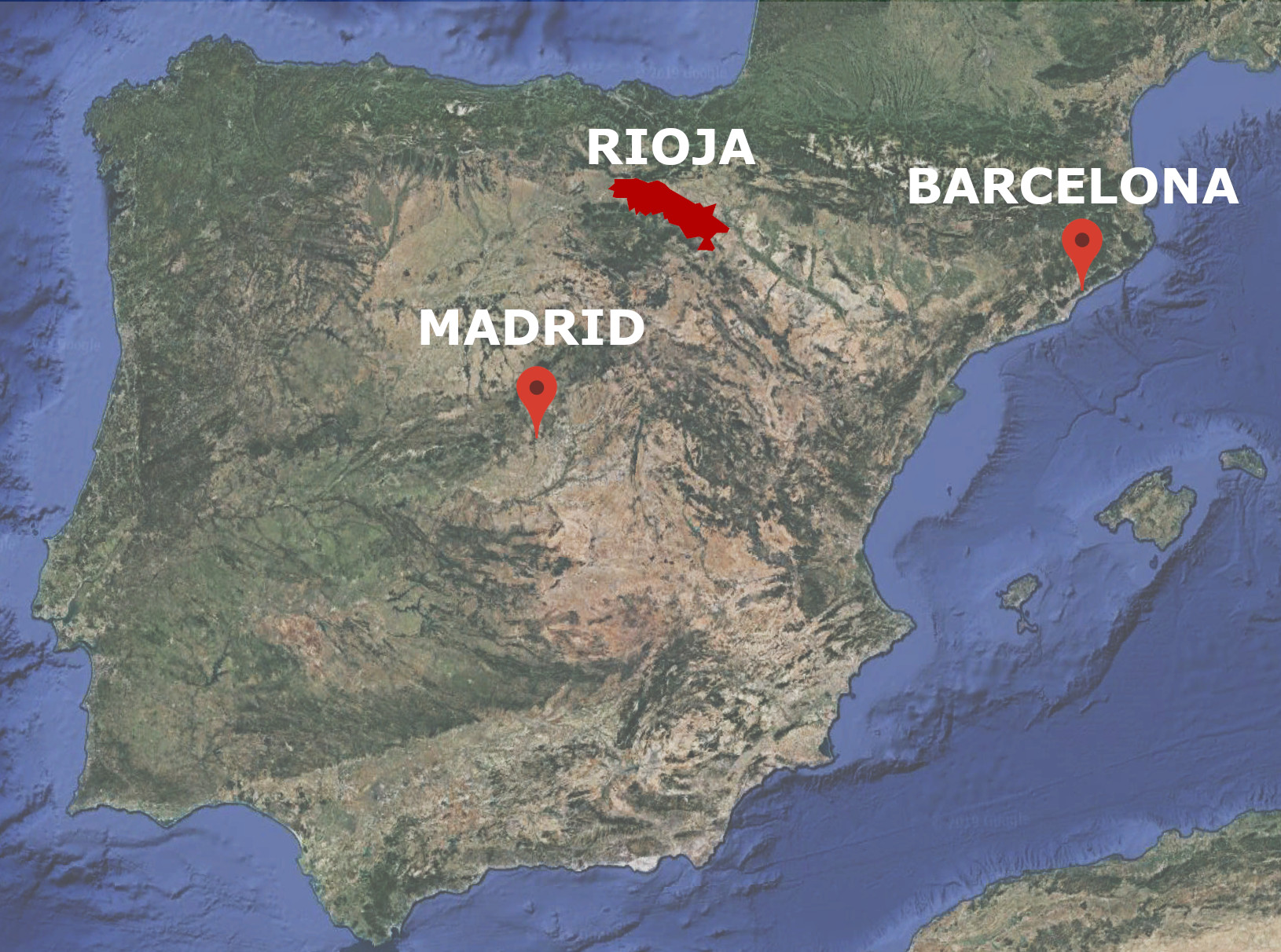
Rioja is located about 3 hours north of Madrid by car.
Rioja sits in a privileged location where two distinctly opposed climates - Atlantic and Mediterranean - conflict. This provides mild temperatures and an annual rainfall of around 40cm - the optimum conditions for growing grapes.
Cherry, plum, herbs such as dill, leather and vanilla are some of the most characteristic flavours and aromas in a classic Rioja blend. These wines have incredible ageing potential and Rioja is one of the few regions in the Old World which mostly uses American oak for ageing the wines.
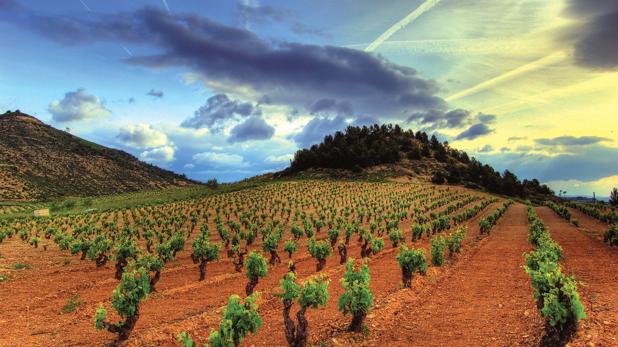
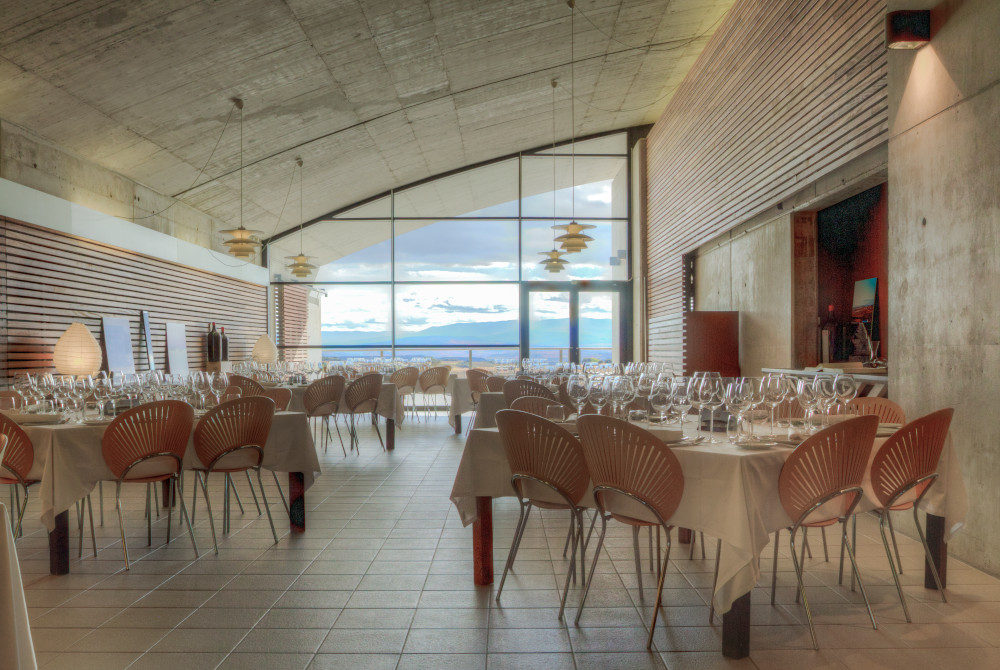
Bacalao a la Riojana (Riojan style cod) is a Riojan twist on the Basque specialty. Roast suckling lamb is another regional favourite. All types of garden vegetables including asparagus and red peppers (which are often stuffed with cod), cheese plates and salads. Riojan cuisine is known for the presence of delicious paprika in its dishes.
Gómez Cruzado is located in El Barrio de la Estación (The Train Station Neighbourhood), an area essential to the history of Rioja wines. It’s known as Rioja’s Golden Mile and it’s the area with the highest concentration of 100-year-old+ wineries in the world.
The origins of Gómez Cruzado date back to 1886, when Ángel Gómez de Arteche, a nobleman, decided to start making his own wine in Haro, in the heart of Rioja Alta. In the present day, Gómez Cruzado is run by the leadership team of David González and Juan Antonio Leza, two young Rioja winemakers who are quickly becoming some of the most important winemakers in the country.
The hard work of these winemakers continues to be rewarded year after year by excellent reviews and national and international prizes thanks to their ability to produce highly complex and unique wines. The primary collection of wines remains faithful to its heritage of the fine wine style of the Barrio de la Estación and is defined by balance, elegance, rich nuances and silkiness. This group of wines is created using a classic Rioja wine making approach in terms of ageing periods, traditional procedures, and extended periods of refining at the winery.
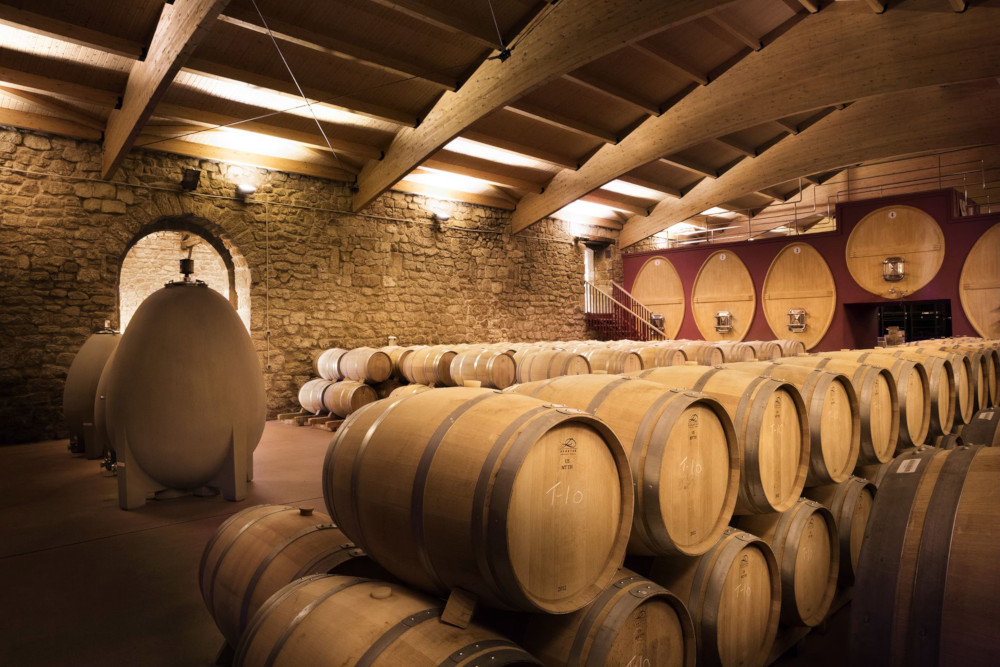
Baigorri winery dates from 1996 and from the very beginning their core concept was to keep architecture in harmony with the winemaking process. Machinery use is minimized and their approach to winemaking is completely revolutionary. In Bodegas Baigorri the architecture is almost as important as the wine; they are one of the first wineries to use gravity as a key force in wine production. The winery is a family business, where care is expressed at every single step. When Jesús Baigorri started the winery, his parents were already traditional wine workers in the region. He worked and studied in different wineries around the world and finally teamed up with the architect Iñaki Aspiazu to start his dream winery where every step in wine production has an architectural solution.
Baigorri winery is in the northern Rioja subregion known as Alavesa. Defined by its infertile soils which help keep yields down to maximize quality, and its high elevation, wines produced here are full-bodied and acidic. The ageing process takes place in new French oak barrels which imparts a fine balance between fruit and wood. The prime motivation of Bodegas Baigorri is to lift the wine to its greatest expression.
During its 20+ years, Baigorri has not only received numerous positive reviews for their new approach to winemaking, they have been also been awarded several national (Spanish Wine Awards) and international (Decanter World Wine Awards) wine prizes for their unique delicate wines.

Founded in the XV century based on the Casa de la Primicia the oldest building from the IX century found in the Laguardia village, the capital of Rioja Alavesa.
The Carravalseca organic vineyard is the treasure of Casa Primicia. One of the best locations in all of Rioja, the fruit grown here produce a lot of excellent wines awarded prestigious international prizes every year. As proof, Bodegas Casa Primicia is the only Spanish bodega that in recent years has obtained the Grand Prix d'Honneur in the prestigious Bordeaux Fair as well as the "Best European Wine" prize in the Japan Wine Challenge of Tokyo.
The key to Casa Primicia's success is their fruit quality standards, very old vines (most over 70 years), and privileged location. Their vines extend from the foothills of the Cantabrian Mountains to the plains near the River Ebro. The proximity to the mountains and river creates a unique microclimate and is the main factor in making Rioja Alavesa different from the other subregions.
During the visit, you will have the opportunity to taste their three most celebrated Reservas and two very innovate single varietal wines, Graciano and Mazuelo, which are commonly found in small amounts supporting Tempranillo in traditional Rioja blends. These grapes as single varietals are difficult to find and it will be a very interesting experience to taste them.
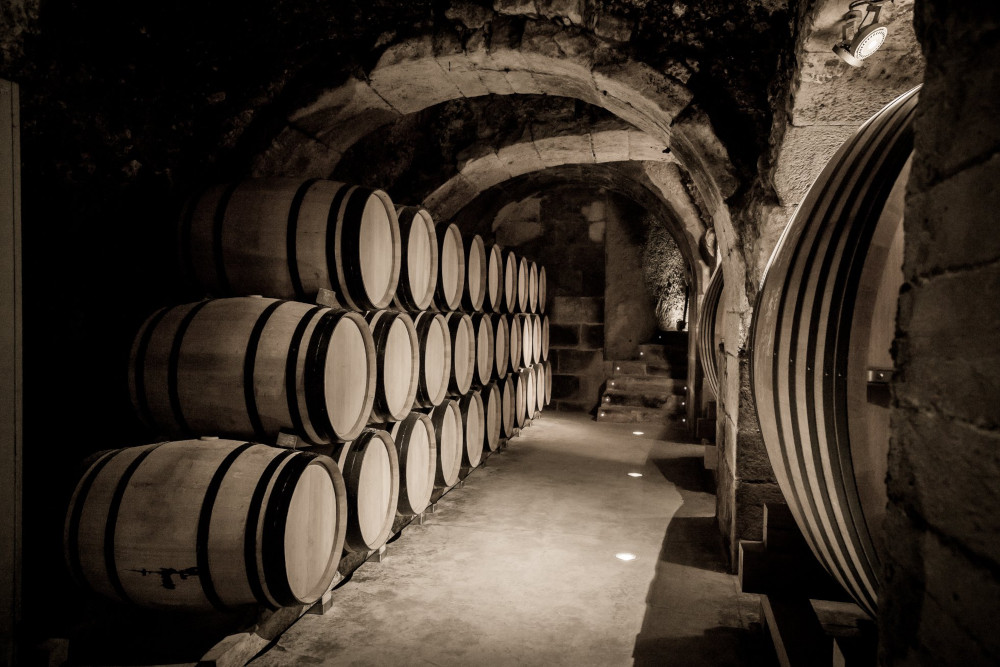
Marqués de Murrieta is linked to the origins of the Rioja wines through Luciano Murrieta, who produced his first Rioja wine in 1852. As a reward for his work in Rioja, Luciano was appointed Marquis by the King Amadeo of Savoy. He travelled to Bordeaux to learn the winemaking techniques that he later introduced in Spain. He established the concept of the “château” in the Ygay Estate where he built the emblematic Ygay Castle.
The wines of Murrieta wines are produced by traditional methods, ageing their wines in wood for a minimum of two years. The bodegas produce a small range of wines that include the Marqués de Murrieta, the glorious and very rare Castillo Ygay Gran Reserva Especial (aged in excess of 36 months in American oak) and a premium super-cuvée, Dalmau.
Recognized as one of Europe’s most iconic century-old industrial buildings, Ygay Castle accommodates the whole of Marqués de Murrieta’s winemaking history, a history that laid the foundations of the D.O.Ca. Rioja Designation of Origin. Inside the castle, visitors are offered the privilege to see the cask ageing rooms and the collection of wines from 1852 to the present. This private collection of incalculable value is one of the most valuable wine experiences in Europe.
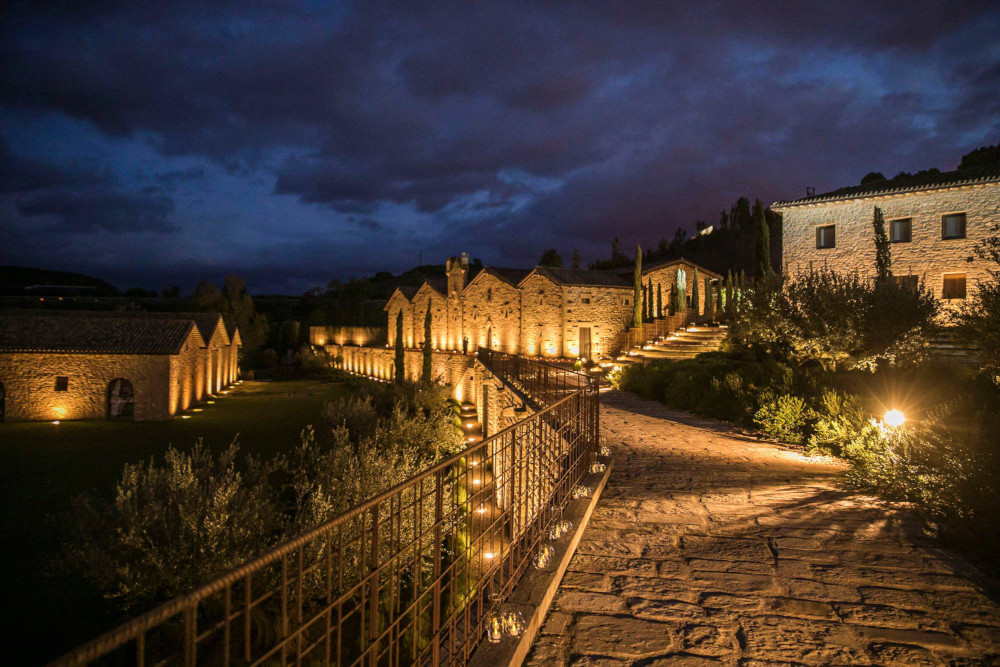
Founded in the late XIX century, López de Heredia winery is one of the most significant Rioja wineries and one of the first three bodegas in the Rioja region.
In the middle of the nineteenth century when French negociants visited the Rioja region in search of quality grapes to transform into wine, Rafael López de Heredia followed closely in their footsteps. He observed that soil and climate created the perfect environment to produce deep wines with great ageing potential. Over 100 years after the winery's founding, it continues to produce some of the best world-class wines.
In the Land of Tempranillo, Bodegas Lopez de Heredia not only produces deep, intense and bold red wines, it has also become a well-known winery for its white wines. Using local white varietals, this wine is oak aged as long as reds. After spending such a long time in contact with oak, the wines are left for a few more years in bottles, where the rough edges of oak become sufficiently polished and balanced, allowing almond, vanilla and walnut flavours to show in the nose and on the palate, leaving a very pleasant lingering finish.
